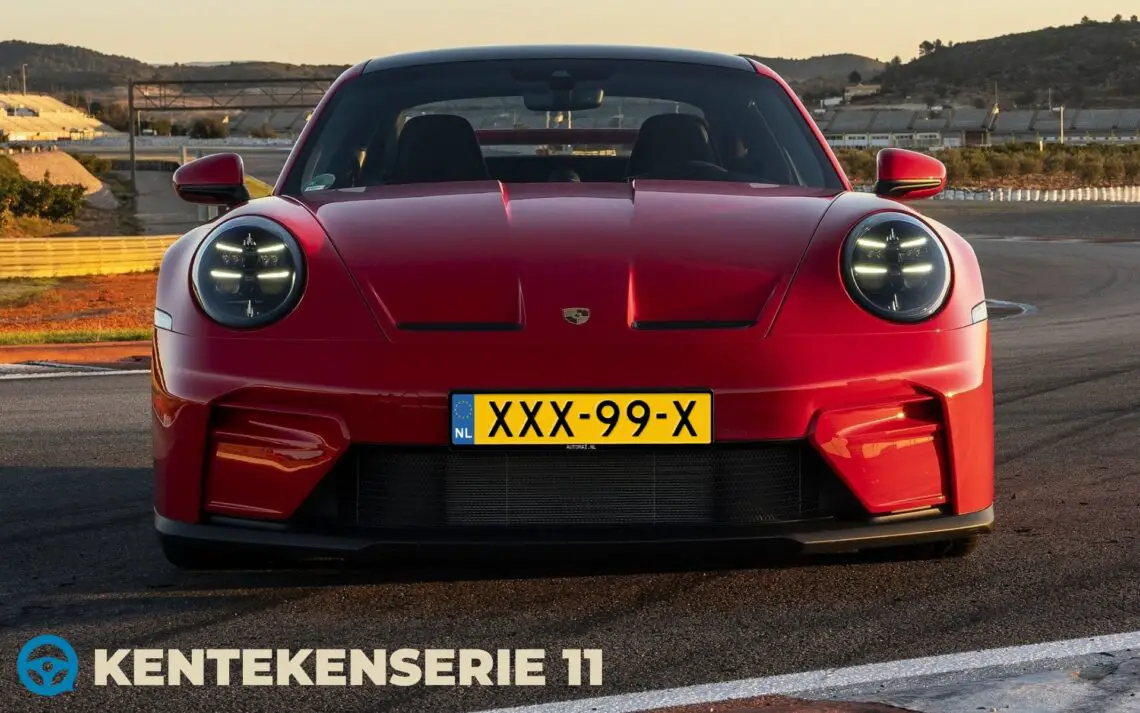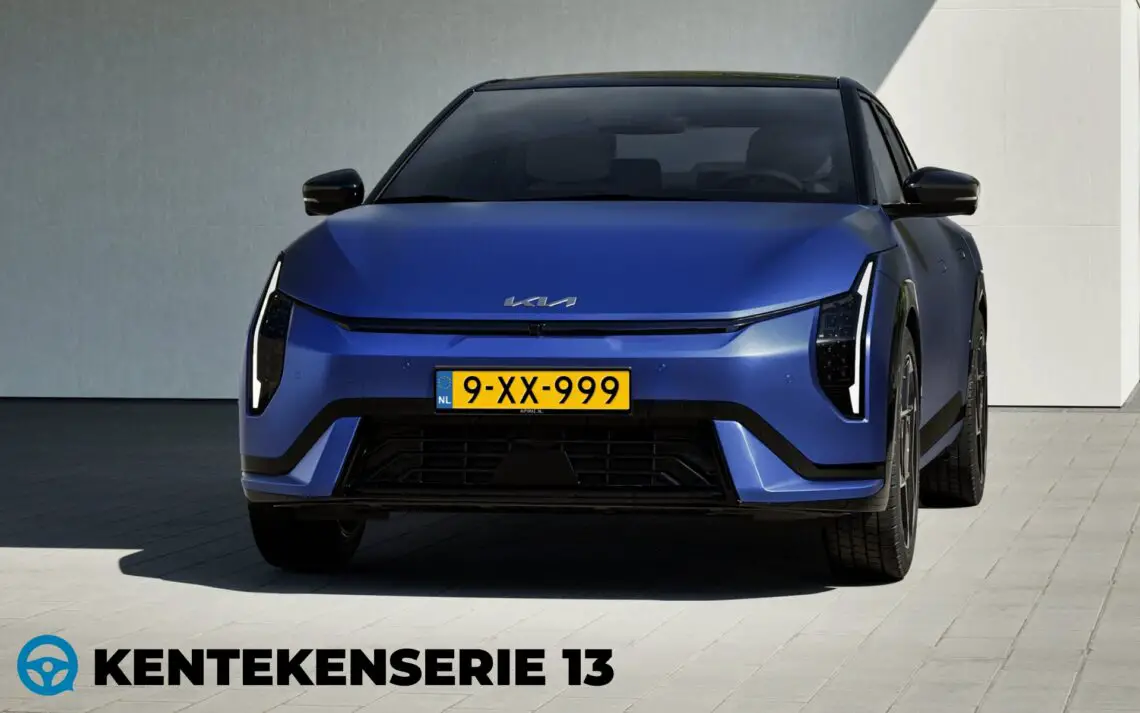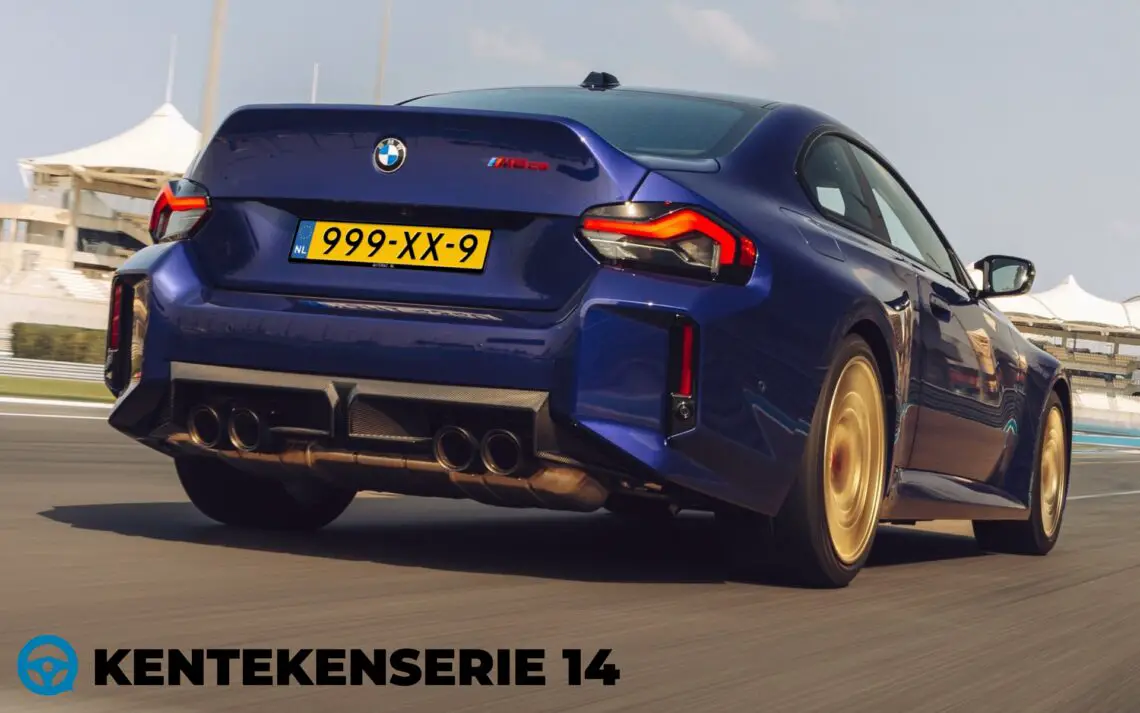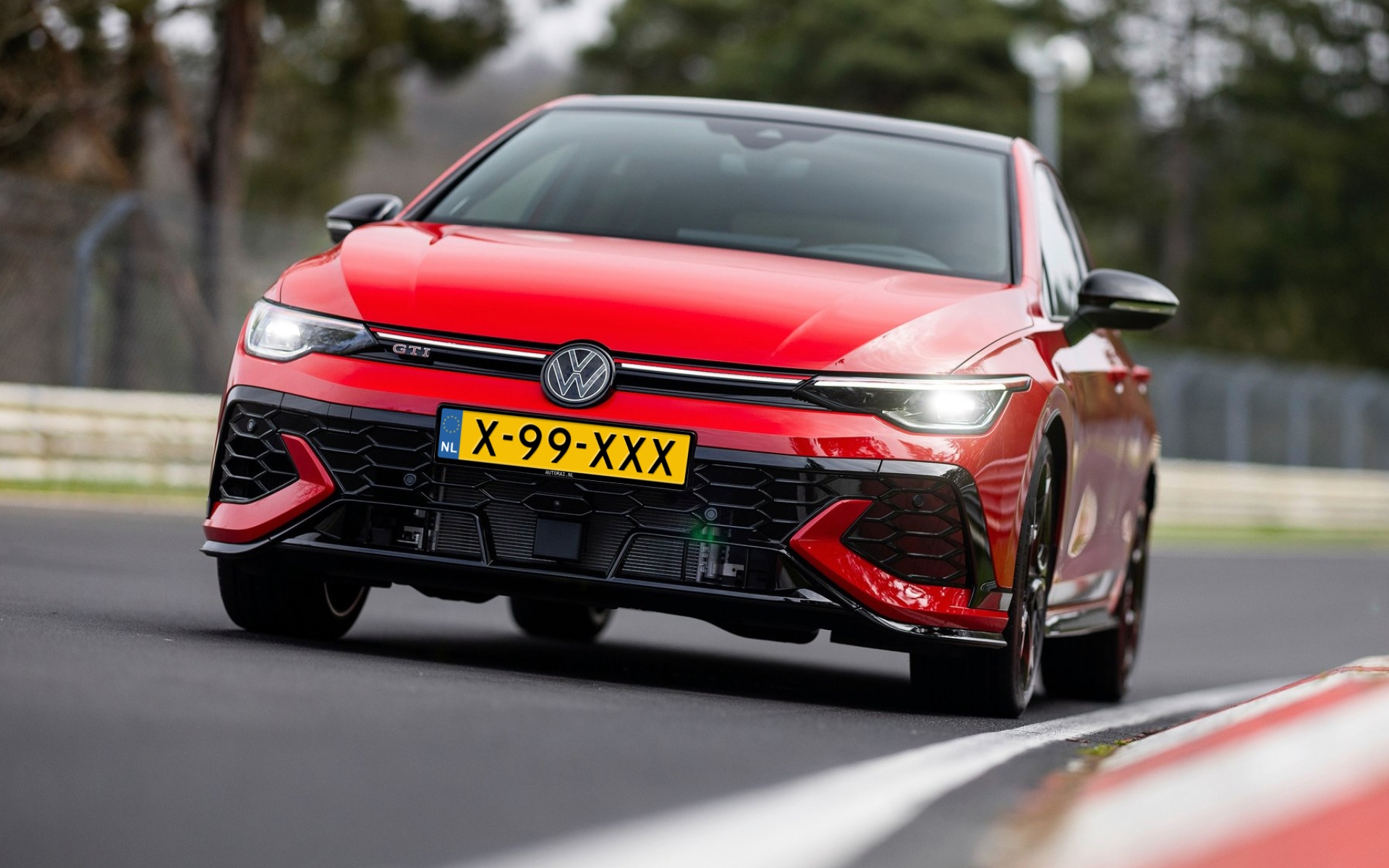Future license plate series in the Netherlands: combinations for the next 20 years
Eleventh license plate series
At the time of writing, newly registered cars have a combination of three letters, two numbers and, at the end, another letter. This eleventh series of license plates for passenger cars is also going quite fast, so it is quite interesting to take a look at what other series of license plates will follow. We can already look ahead about 20 years based on already announced license plate series, because the twelfth, thirteenth and fourteenth license plate series are also already known.
Series 11 (current, introduced June 2024): XXX-99-X

Future license plate series
Series 12: X-99-XXX

Series 13: 9-XX-999

Series 14: 999-XX-9

No personal license plate
The license plate combination after series 14 is not yet known. So that remains guesswork for a while. There is also a desire among some motorists for a personalized car license plate. But the chances of that are quite small. We wrote about it earlier on this website in the form of an interview with the RDW. “The license plate number has multiple uses and is used in all kinds of systems and processes in the Netherlands. The format of the license plate – the number and sequence of numbers and letters – is used by processes of external parties, for example by the police for enforcement. A personal license plate has no fixed format, making systems enormously complex and expensive. A vehicle’s license plate is unique. A personal license plate should be too because of its identification function. This has an enormously limiting effect on the number of possibilities,” said Thérèse de Vroomen, RDW spokeswoman, in the interview at the time.
“A personal license plate has no set format, making systems enormously complex and expensive.”
RDW
Rise of Dutch car license plate
The rise of the automobile license plate in the Netherlands is an interesting story. At the end of the nineteenth century, cars began to clutter the Dutch roads. In 1898, people thought it was time for order: every motorist had to apply for a so-called driving license. With that driving license came a license plate. This made the Netherlands one of the first countries in the world with license plates. What that license plate looked like? Just a number. That was fine, because there were not many drivers yet.
From provinces to one national system
After license plate 2065, a new license plate system was introduced in 1906. This was a person-specific license plate. So not the vehicle, but the owner had a license plate. Did you buy a new car? Then your license plate simply went with it. These new license plates were issued by province, with each province having its own letter. For example, the G for North Holland and H for South Holland. After the letter came a maximum of five digits, adding up from the first license plate issued. When 99999 was reached, a letter was added. In North and South Holland, for example, the number of license plates went up rapidly, resulting in the letter combinations HZ, HX, GZ and GX.
The big turnaround in 1951
But the more vehicle owners came along, the more impractical that system became. It was time to register not the driver, but the vehicle itself. Thus, a whole new chapter began in 1951: the license plate now became vehicle-specific. From then on, each car received its own unique license plate, in the form of two letters and four digits: for example, ND-52-45. These license plates were issued centrally by the government. The system also had the advantage that you could immediately see whether a vehicle was legal. After all, the license plate was unique. The color? At the time, that was white numbers and letters on a blue-black background.
Yellow as a new color
In 1975 came a new house style for the license plate: yellow with black letters. This was not just an aesthetic choice. Visibility in the dark was a lot better and speed cameras – an invention of Dutchman Gatsonides – could also use it more. The classic black and white plates continued to exist for a while, but eventually the blue-black sign disappeared from the streetscape, except for vintage cars. For those classics, there is an exception: cars from before 1978 are still allowed to carry a blue-black license plate.
From letter combinations to clever logic
After 1951, various combinations of letters and numbers rolled across the asphalt. Think XX-99-99, 99-99-XX, XX-99-XX, 99-XX-99 … each time a sequence was “full,” a new structure was introduced. This seems arbitrary, but the system was clever. You could often tell from the license plate how old a car was, or in what time period it was registered. By 2004, the familiar two-by-two combinations had run out, and 99-XXX-9 and XX-999-X followed, among others, to meet growing demand.
Serial number – year of introduction for passenger cars – license plate series
1 – 1951 – XX-99-99
2 – 1965 – 99-99-XX
3 – 1973 – 99-XX-99
4 – 1978 – XX-99-XX
5 – 1991 – XX-XX-99
6 – 2000 – 99-XX-XX
7 – 2008 – 99-XXX-9
8 – 2013 – 9-XXX-99
9 – 2015 – XX-999-X
10 – 2019 – X-999-XX
11 – 2024 – XXX-99-X
12 – ?? – X-99-XXX
13 – ?? – 9-XX-999
14 – ?? – 999-XX-9
Special plates, special vehicles
Not every license plate is yellow. The Netherlands has a motley collection of special license plates. Garage companies use green plates, temporarily assigned to vehicles in stock. Cabs were given their own style in 2000: blue plates with black numbers. Even trailers have a separate category: white plates with the same license plate as the towing vehicle. Diplomatic cars drive around with a yellow license plate starting with CD (Corps Diplomatique). You also have a C license plate, also called a diplomatic license plate. This is a license plate issued to diplomats and other personnel of foreign embassies or consulates. The C badge stands for Corps Consulaire, which indicates a consular function.
Not only for registration
Over time, the license plate has become much more than a sign on your bumper. Today, it is a key to information. The Internal Revenue Service uses it for motor vehicle taxes. Insurers link it to your policy, and enforcement systems such as speed cameras and ANPR cameras automatically recognize your license plate: whether you’re speeding or driving into the environmental zone.

